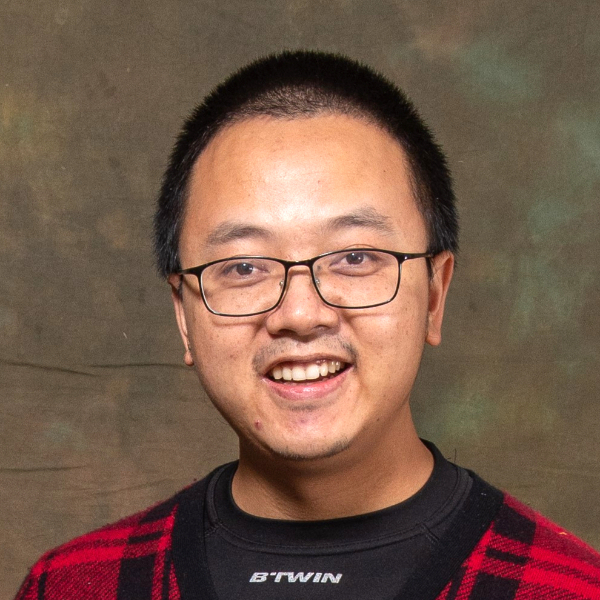Temporal multi-stage energy pumping
As an important theoretical concept, temporal boundaries provide researchers with new insights for tailoring electromagnetic waves in the time domain. Because a temporal boundary breaks the time translation symmetry, a source is necessary to satisfy energy conservation. In this Letter, we quantify the relationship between refractive index contrast and the required energy exchange. More specifically, to realize a temporal boundary with a large refractive index contrast, a correspondingly large and abrupt energy exchange is required. Considering this practical difficulty, we propose to mimic a large-contrast temporal boundary by staggering a series of small-contrast temporal boundaries separated by carefully designed durations.
Continue reading...
